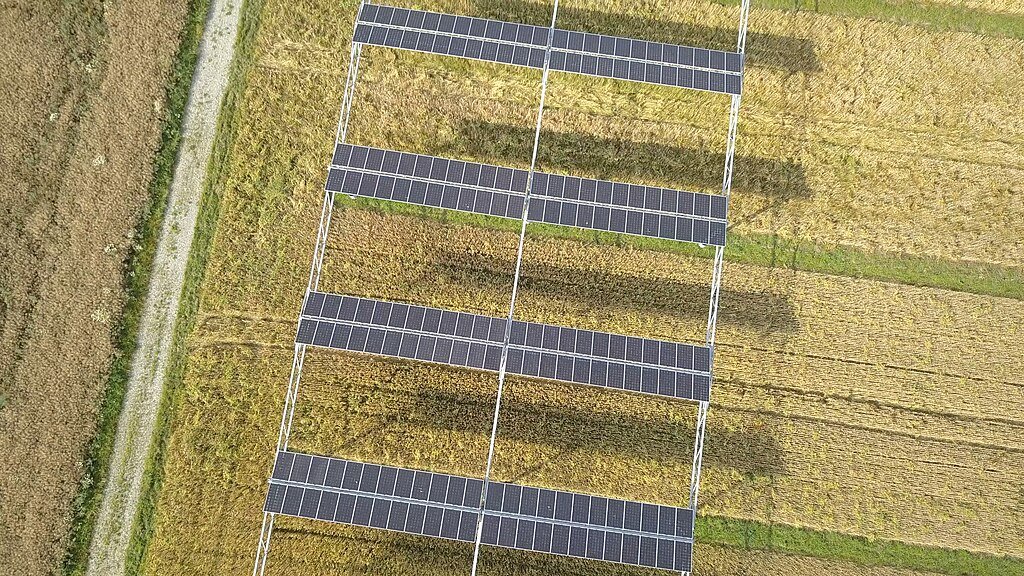As climate change intensifies and water scarcity threatens agriculture, farmers are turning to an unexpected cash crop—solar energy. A new study highlights how agrisolar, the practice of integrating solar panels into farmland, is transforming economic security and sustainability in California’s Central Valley.
The Rise of Agrisolar

Farmers in water-stressed regions are fallowing land and installing solar panels, generating income while reducing reliance on groundwater. Research shows that agrisolar can yield $124,000 per hectare annually, 25 times the revenue of traditional crop farming. The electricity produced powers farm operations and is sold back to the grid, benefiting both farmers and the environment.
Balancing Food Production and Renewable Energy
While agrisolar boosts financial stability, it also displaces food production. The study estimates that converting farmland to solar arrays has reduced food output by enough calories to feed 86,000 people per year. However, some farmers are adopting dual-use strategies, growing crops like leafy greens and berries beneath solar panels to maintain agricultural productivity.
Environmental and Economic Benefits
Beyond financial gains, agrisolar helps conserve water, saving enough annually to hydrate 27 million people. The shade from solar panels reduces soil evaporation, benefiting crops and livestock. As California pushes for renewable energy expansion, agrisolar offers a promising solution to meet sustainability goals while supporting farmers.
Challenges and Policy Considerations
Despite its advantages, agrisolar faces regulatory hurdles. California recently reduced electricity buyback rates by 75%, making solar investments less attractive for farmers. Policymakers must balance incentives to ensure agrisolar remains viable without compromising food security.
Conclusion

Agrisolars are reshaping the future of farming, offering financial security, environmental benefits, and innovative solutions to climate challenges. As technology advances and policies evolve, integrating solar energy into agriculture could become a cornerstone of sustainable food and energy production.
Source:





